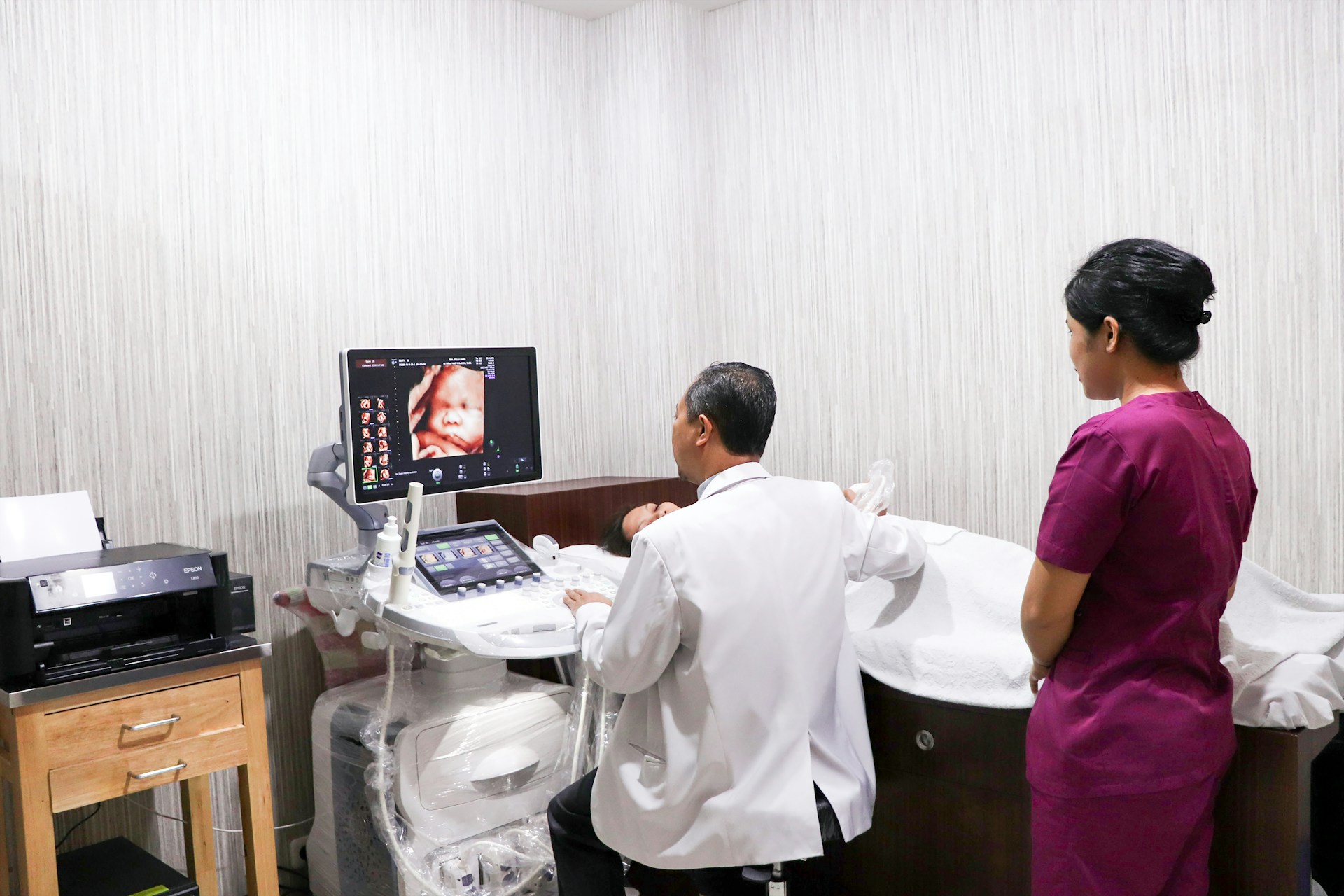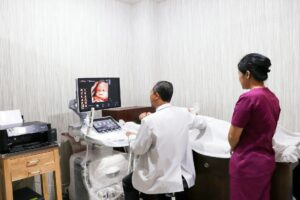
In biomedical maintenance, every technical decision involves budget strategy, workflow implications, and sometimes legal responsibility. When faced with a defective ultrasound probe, should you automatically opt for replacement, or consider a reliable, fast, and compliant repair? Here are five compelling technical reasons to favor repair over replacement—in a sustainable, cost-effective, and high-performance approach.
Repair vs. Replacement: A Case-by-Case Analysis

1. Accurate Diagnosis of the Failure’s Origin
A key advantage of repair is the ability to conduct a precise diagnosis of the failure—whether it’s a micro-crack, loose contact, worn sheath, or damaged crystal. This allows to:
- Prevent similar issues across the fleet,
- Anticipate maintenance cycles,
- And document recurring failures for valuable feedback.
By contrast, replacing without analysis erases this experience—particularly frustrating for facilities using diverse ultrasound probe models.
2. Maintain Clinically Validated Features
Some probes have been in use for years with validated ergonomics, compatibility, and performance in specific settings like obstetrics or vascular imaging. Replacing a probe may necessitate new references, reconfiguration, or workflow changes. Repair allows clinicians to keep their familiar, validated tool intact.
3. Ensure Full Technical Traceability
With a qualified provider like PRS Healthcare, each repair is diagnosed, documented, tested to ISO 13485 standards, and accompanied by a detailed report. This traceability is crucial to meet agency audits (e.g., ANSM) and internal compliance. Replacement may seem easier, but it triggers fresh traceability, stock management, and possible retraining.
4. Reduce Downtime
A well-executed repair, often including a loaned ultrasound probe during service, ensures:
- Continuity of care,
- Avoided appointment cancellations,
- And smooth scheduling.
Meanwhile, replacement can involve weeks of wait due to stock shortages or procurement delays. Choosing repair vs. replacement takes on major operational importance here.
5. Make Repair Part of a Preventive Strategy
Repair should feed into broader fleet management. Data from repaired equipment help to:
- Identify vulnerable probe models,
- Launch preventive maintenance campaigns,
- Adjust cleaning and storage protocols.
For a department or institution, this means longer equipment life and a measurable reduction in annual failure rates.
Conclusion: a technical decision, but also a strategic one!
Choosing repair vs. replacement means choosing :
- A reasoned approach,
- Cost control without sacrificing quality,
- And proactive biomedical management, in line with the challenges of service continuity, sustainability and compliance.
What about you? Have you implemented a proactive repair policy in your facility?